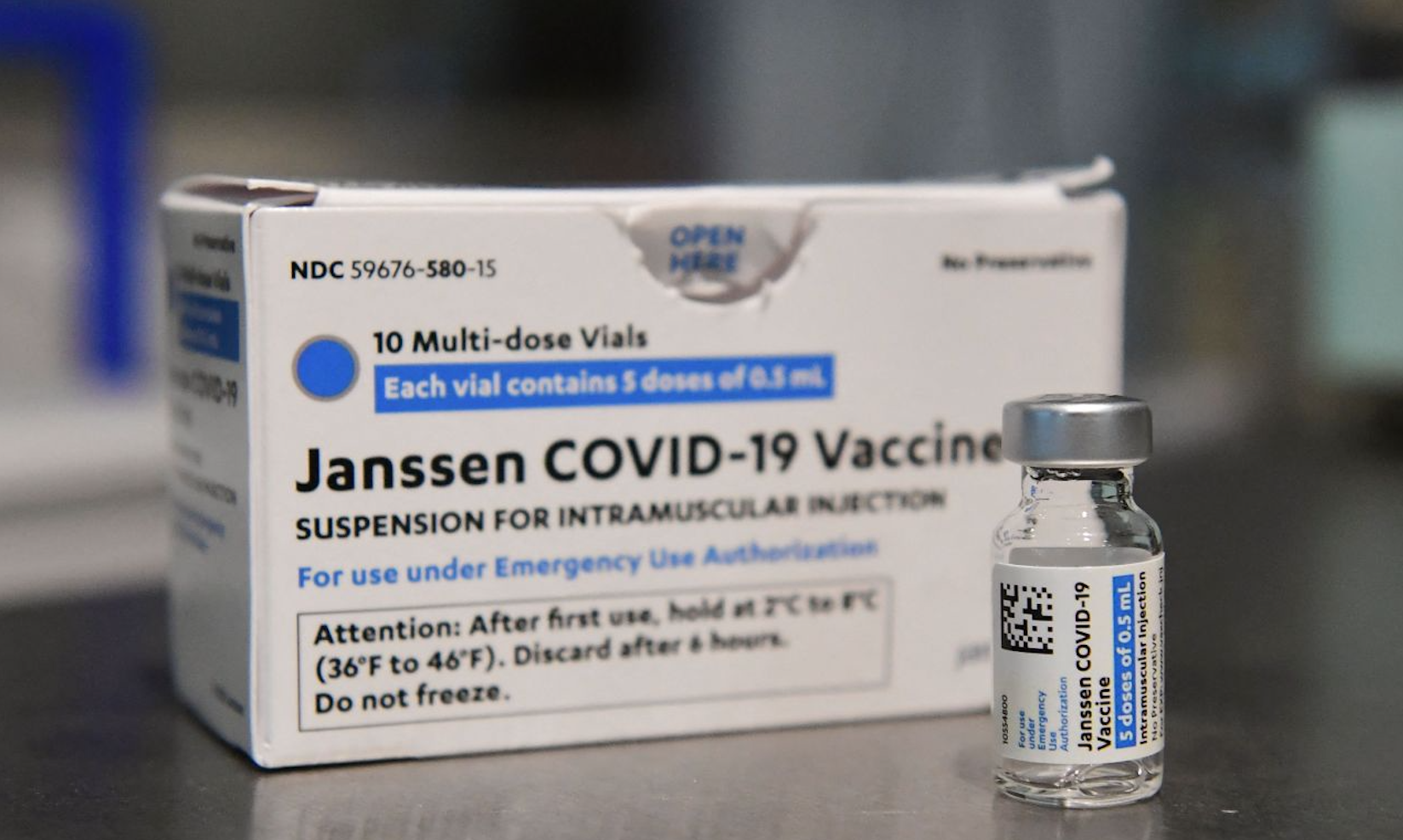Countries can now consider using one or two cycles of Janssen vaccine, a subsidiary of Johnson & Johnson, as disclosed by the World Health Organization.
The one-dose vaccine schedule Janssen is now a licensed regimen for emergency use and refers to its use in a single inoculation due to the great limitations in supply worldwide.
The WHO interim recommendations on the use of the Janssen Ad26.COV2.S (COVID-19) vaccine, updated yesterday, were developed on the basis of advice issued by the Strategic Advisory Group of Experts (SAGE) on Immunization and the summary evidence included in the background document.
According to the WHO, the Janssen vaccine, in some circumstances, used in single doses, may have advantages due to its efficacy in preliminary studies, and will allow vaccine coverage to be rapidly increased, which in turn will reduce the burden on health care systems by preventing serious disease.
The single dose of the Janssen vaccine can also be an option to vaccinate populations that are difficult to access or populations living in conflict or unsafe situations, and even those under 18 years of age, according to the extended report released by the WHO in his website of recommendations.
Read more: Moderna will deliver 20 million additional doses of its vaccine to Covax
Recommended single-dose Janssen vaccine
It is further noted that a second dose may be appropriate as vaccine supply and accessibility increase. Nevertheless, WHO assures that countries should consider offering a second dose, starting with the highest priority populations (e.g. health workers, older people, people with comorbidities) as indicated in the prioritization roadmap of the global health agency.
In this sense, the administration of the second dose results in greater protection against symptomatic infection and against severe disease.
Also, the WHO further indicated that countries may also consider a longer interval between doses, although they emphasize that a second inoculation 2 months after the initial dose substantially increases efficacy, especially against symptomatic infections, even when caused by worrisome variants of SARS-CoV-2, such as Ómicron.
WHO finally highlights that an even longer interval between two doses with the Janssen Ad26.COV2.S vaccine has been shown (6 months instead of 2 months) results in a greater increase in immune responses in adults.
Therefore, countries could consider an interval of up to 6 months depending on their epidemiological situation and the needs of subpopulations, the report concludes.
It may interest you: NY imposes use of face masks inside public places: up to $ 1,000 fine
–


